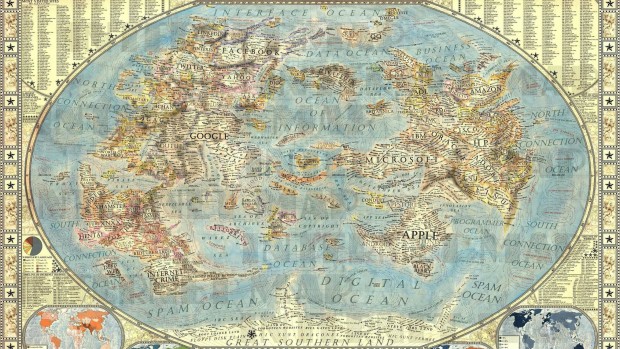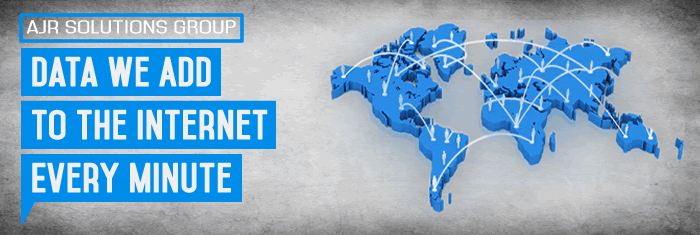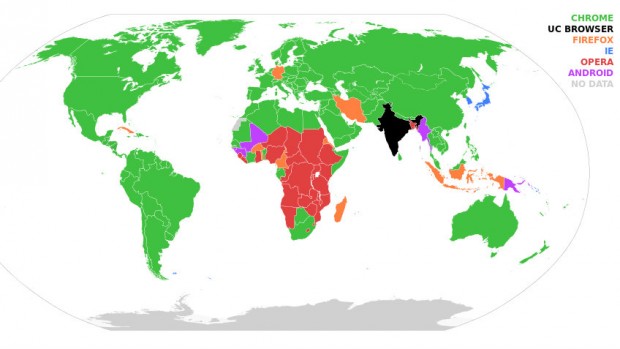This cool infographic we found tells us that, collectively, we have lots of time on our hands!.
Sixty seconds is not a long time at all, but with an estimated internet population of 3.2 billion people, a lot can be added to the internet in that 1 minute time period.
How much then? ok, the team at Domo has had a go at figuring out averages in this amazing infographic i stumbled upon whilst browsing the web, the infographic really demonstrates that if you wanted to read everything on the internet, you are probably best off not waiting for your retirement. In fact, to have a good crack at it, you should probably quit your job right now! and get the computer fired up.
lets say I took 30 minutes to write this article, take off 15 minutes for image sourcing, Designing the article image and adding SEO for the article, then I calculate that in an internet minute, I chipped in around 50-60 words to satisfy the internet’s constant thirst for data.
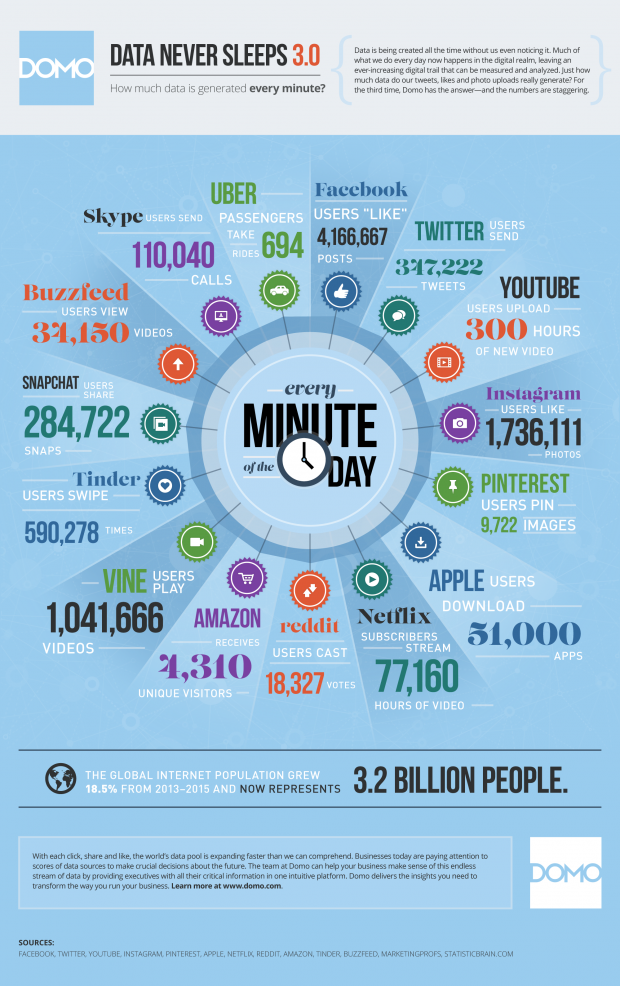
Remember the internet is far from equal.
Internet access all over the world is changing. These maps show the difference between all of our digital lives
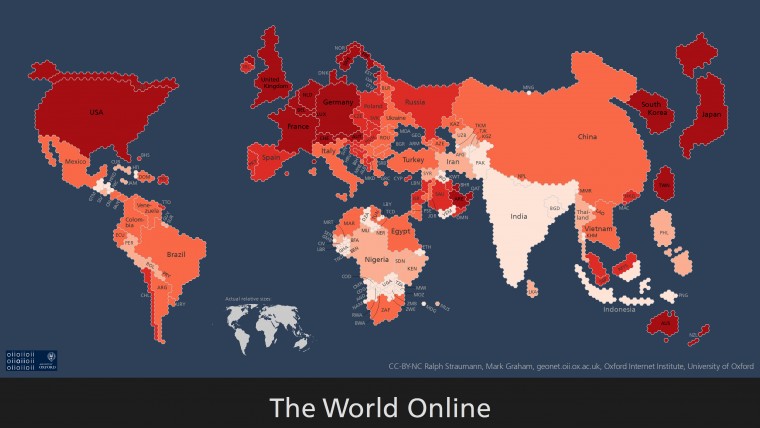
The map above from the Oxford Internet Institute and it gives an interesting insight into the current spread of internet access all over the world.
Each hexagon represents 470,000 people connected to the internet. The shades show the overall percentage of the population connected, with dark red indicating that 80-100% of the country’s people enjoy some form of internet access.
If the country is shaded white, this means less than 20% of the population is connected. In other words, the lighter the shading, the more scope the country has to grow. India is reasonably sized, but if more of its population were online, it would swell to take up a huge portion of this hexagonal world.
It provides an interesting insight into different populations and the global makeup of the web in any case – the UK and Japan make Australia look tiny, and Russia has undergone a massive weight-loss programme, shrinking to roughly the size of France.
This is not the first time worldwide internet use has inspired cartographers…
Digital inequality across Britain
Firstly, the below map looks at digital inequality across Britain, again from the Oxford Internet Institute.
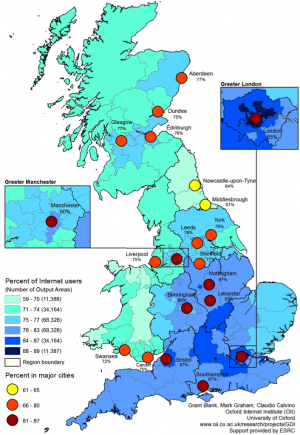
Internet speeds around the world
If you live in rural Wales or the North East and feel sorry for yourself, then cheer up!, at least you have it better than the majority of the world. Here’s a map showing internet speeds around the world.
Top web browsers by country
So how do they access it? The map below provides answers, showing the most popular internet browser by country. Google’s journey to world domination continues unabated… if Japan can be weaned off (IE) Internet Explorer.
Map of the anonymous internet
Another map i found from the Oxford Internet Institute not only illustrates their love of the hexagon, but also which countries value their privacy, with a look at the global Tor usage by country.
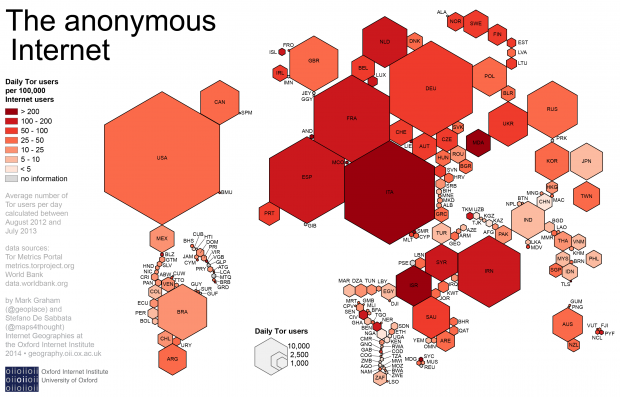
Internet censorship by nation
It’s really surprising how little that map tallies up with this one below: the amount of internet censorship by country.
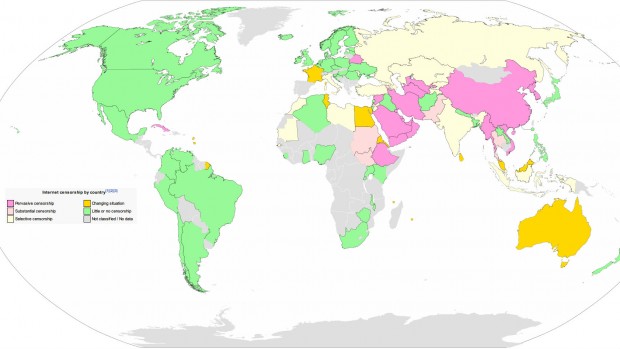
Map of the internet, December 1969
But hey, no matter how censored your content is, it could always be worse. Remember what the internet was in December 1969?
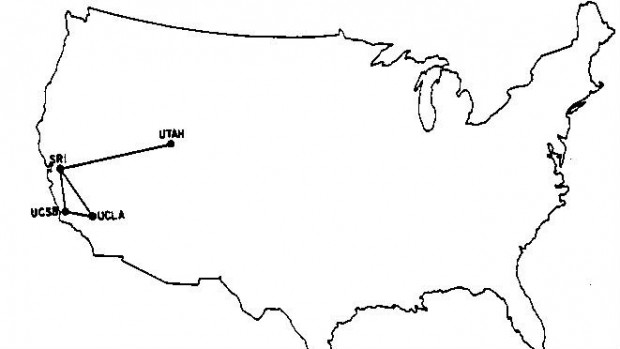
Here be dragons: The map of the internet
But now in the present day, we have got a staggering number of people designing and populating a huge number of websites. One of those many jobs? Mapping out the internet in creative ways. Like this:
